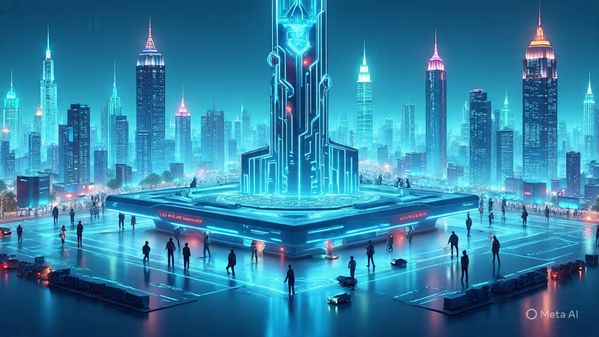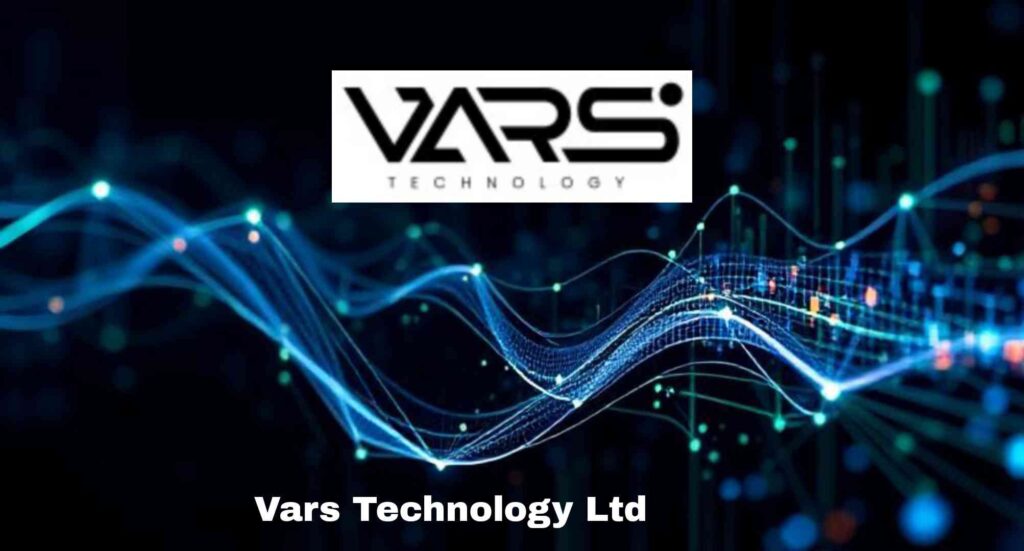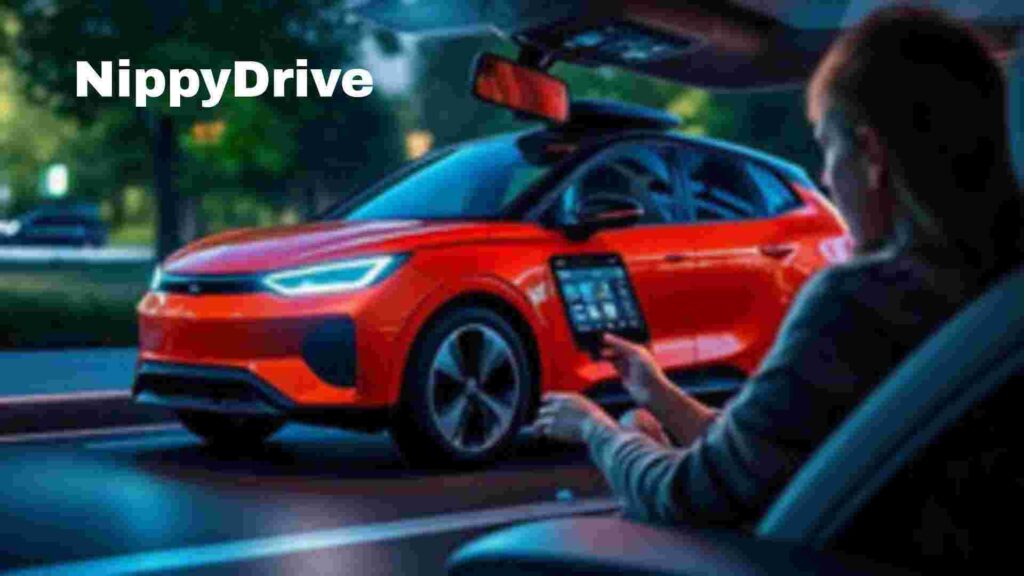Lidarmos: The Evolving Landscape of 3D Mapping and Environmental Perception
Introduction: The Rise of “Lidarmos” in a Data-Driven World
We live in a world where spatial awareness is no longer a luxury reserved for high-end scientific applications—it’s a necessity driving innovations in everything from autonomous vehicles to urban infrastructure planning. And at the core of this revolution lies one technology reshaping how machines—and by extension, humans—interact with physical space: LiDAR. “Lidarmos” is not just a keyword—it’s a movement. A combination of “LiDAR” and “osmosis” (the process of absorbing), it signifies the seamless integration of LiDAR technology into various domains. From forestry to smart cities, agricultural automation to AR/VR experiences, lidarmos represents how deeply this technology is absorbing into our digital and physical ecosystems.
This article explores the nuanced evolution of lidarmos, grounded in real-world use cases, industry insight, and the hands-on experience of engineers, surveyors, and environmental analysts who use LiDAR daily. We’ll cut through the buzzwords, examine what’s genuinely happening in the field, and provide practical insights for professionals, researchers, and tech-curious readers alike.
H2: What Is “Lidarmos”? A Reframing of Traditional LiDAR Applications
LiDAR (Light Detection and Ranging) isn’t new—but “lidarmos” is a term gaining traction among experts who see the technology as more than just remote sensing. It’s about absorption, integration, and transformation.
H4: Beyond Topography—A Tool for Environmental Intelligence
Traditionally, LiDAR has been employed to generate topographical maps. But lidarmos takes this a step further: it encapsulates how that data gets digested, interpreted, and applied in decision-making across industries. In forestry, for instance, lidarmos is transforming conservation efforts by offering:
-
Canopy height models that aid in assessing forest health
-
Biomass calculations for carbon credit markets
-
Tree classification using machine learning-enhanced LiDAR data
H4: The Smart City Connection
Urban planners are now using lidarmos to create “digital twins”—real-time 3D models of city environments. This includes modeling pedestrian traffic, optimizing drainage systems, and even monitoring air quality through aerosol mapping.
Cities like Singapore and Helsinki are already implementing this fusion to:
-
Plan better traffic flow
-
Reduce emissions with LiDAR-informed zoning
-
Simulate emergency evacuation routes with centimeter-level precision
H4: The Role of AI in Making Lidarmos More Than Just Data
AI transforms LiDAR from a raw data source into an intuitive tool. Lidarmos, therefore, includes the entire feedback loop: sensing, processing, interpreting, and acting.
Consider these examples:
-
Autonomous vehicles use LiDAR for real-time object recognition and trajectory prediction
-
Drones use LiDAR in agriculture to monitor crop density and predict yields
-
AI-assisted LiDAR systems are used in mining for subsurface modeling and risk assessment
H2: Practical Applications: Where Lidarmos Is Making an Impact
The term “lidarmos” gains substance when grounded in practical outcomes. Here are a few standout implementations.
H4: Agriculture: Precision at the Plant Level
In the U.S. Midwest, farms are leveraging drone-mounted LiDAR to:
-
Detect areas of drought stress before visible signs appear
-
Create hyper-local irrigation maps
-
Analyze slope and drainage patterns for precision planting
The result? Higher yields, reduced input costs, and improved sustainability metrics.
H4: Disaster Management: A Lifesaving Advantage
In Turkey, after the 2023 earthquake, emergency responders used LiDAR-equipped drones to:
-
Scan collapsed buildings
-
Detect void spaces where survivors might be trapped
-
Model aftershock risk zones
This lidarmos approach—fast, data-driven response mapping—cut through chaos and helped save lives.
H4: Environmental Restoration: Rebuilding Landscapes with Precision
In coastal Louisiana, a lidarmos project combined airborne LiDAR, sediment analysis, and tidal modeling to plan wetland restoration. The precision mapping helped:
-
Identify erosion hotspots
-
Quantify lost wetland acreage
-
Optimize levee placement with minimal ecological disruption
H2: How Lidarmos Is Changing the Way We Think About Data Ownership
Here’s a less-discussed but critical aspect: data sovereignty. With lidarmos capturing terabytes of spatial data, who owns it? Governments? The companies capturing it? Or the public?
H4: Commercial Tensions and Ethical Dilemmas
Private LiDAR companies now offer hyper-detailed scans of entire neighborhoods. But this raises questions:
-
Should cityscapes be monetized as private data?
-
Can citizens opt out of being scanned in public space?
There are no clear answers yet. But as lidarmos evolves, these conversations are becoming central.
H4: Open-Source Movements Gaining Traction
Enter projects like OpenTopography and OpenLidarMap, which advocate for democratizing spatial data. The idea: lidarmos should empower communities, not just corporations.
These platforms offer:
-
Free access to high-resolution LiDAR scans
-
Tools for citizen science projects
-
Resources for educators, NGOs, and hobbyists
H2: Technical Advancements Driving Lidarmos Forward
The next frontier of lidarmos isn’t just about wider adoption—it’s about smarter, smaller, and more affordable systems.
H4: Solid-State LiDAR: Miniaturization Meets Performance
Once reserved for bulky aerial systems, solid-state LiDAR is now:
-
Embedded in iPhones and iPads
-
Built into AR headsets
-
Used in delivery robots and wearables
This evolution marks a shift: lidarmos is moving from external tool to embedded infrastructure.
H4: Multi-Wavelength & Hyperspectral Integration
LiDAR is getting an upgrade with spectral intelligence:
| Feature | Traditional LiDAR | Lidarmos Systems |
|---|---|---|
| Wavelengths | Single (near-infrared) | Multi (UV to IR) |
| Data Type | Distance only | Reflectivity, vegetation indices, material composition |
| Output | 3D point cloud | Semantic, spectral, and volumetric models |
This allows applications such as:
-
Mapping invasive plant species by reflectance
-
Detecting pavement deterioration by mineral analysis
-
Monitoring glacier melt rates with unprecedented accuracy
H4: Quantum LiDAR: The Next Leap?
Still in early research, quantum LiDAR promises detection in complete darkness, enhanced resolution, and stealth-mode scanning—opening possibilities in defense, archeology, and space exploration.
Conclusion: Why Lidarmos Isn’t Just a Trend—It’s the Next Infrastructure Layer
Lidarmos signals more than an expansion of LiDAR. It’s a reframing. A redefinition. A new understanding of how machines observe and interpret the world—not in isolation, but in dynamic interaction with human systems.
Whether it’s helping a farmer identify waterlogged rows or enabling first responders to map a collapsed building within minutes, lidarmos is about making environmental intelligence more accessible, more immediate, and more actionable.
As this technology becomes embedded in everything from glasses to delivery vans, the future of lidarmos lies in its invisibility—working quietly behind the scenes to help us navigate the complexities of our changing world.
FAQs: Understanding Lidarmos in Practical Terms
Q1: Is “lidarmos” an official term or just a buzzword?
It’s not yet official in academia, but “lidarmos” is gaining usage in professional circles to describe the convergence of LiDAR with intelligent, embedded systems. It reflects the transition from isolated data collection to immersive environmental perception.
Q2: Can lidarmos be used indoors?
Yes. Modern solid-state LiDAR systems are now compact enough to be used for indoor mapping, AR experiences, and even home automation setups. Some smart vacuums already use basic forms of lidarmos.
Q3: How does lidarmos compare to photogrammetry?
Photogrammetry uses 2D images to generate 3D models, while lidarmos uses light pulses. LiDAR offers better accuracy and works in low light, but it’s more expensive. They often complement each other in hybrid mapping workflows.
Q4: What skills are needed to work with lidarmos technology?
A mix of GIS proficiency, coding (Python, R), remote sensing experience, and increasingly, AI/ML integration skills. Tools like QGIS, LAStools, and MATLAB are standard in the lidarmos workflow.
Q5: What’s the cost of deploying lidarmos for a small project?
Basic drone-based lidarmos setups start around $10,000–$20,000, but costs are dropping. You can now rent kits or contract mapping services, making entry more accessible for startups and research institutions.
Q6: Are there privacy risks associated with lidarmos?
Yes. As more LiDAR data is captured—especially in urban areas—there’s potential for misuse. It’s crucial that policy evolves alongside technology to ensure ethical use and data transparency.
Ready to Explore Lidarmos Further?
Subscribe to our newsletter for weekly insights on emerging spatial tech, interviews with lidarmos engineers, and step-by-step tutorials for setting up your own LiDAR-driven project.



